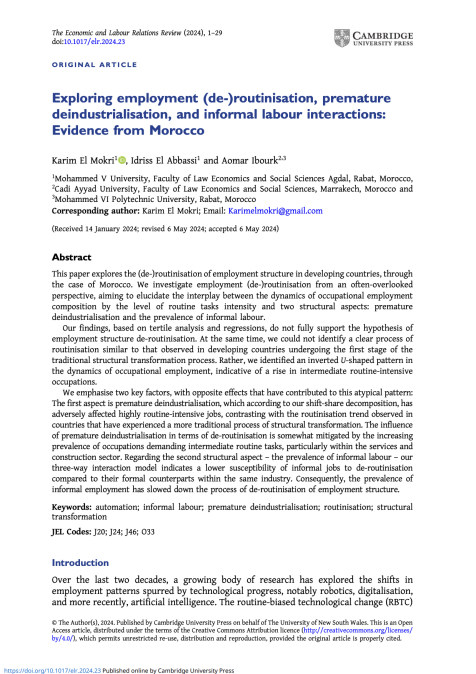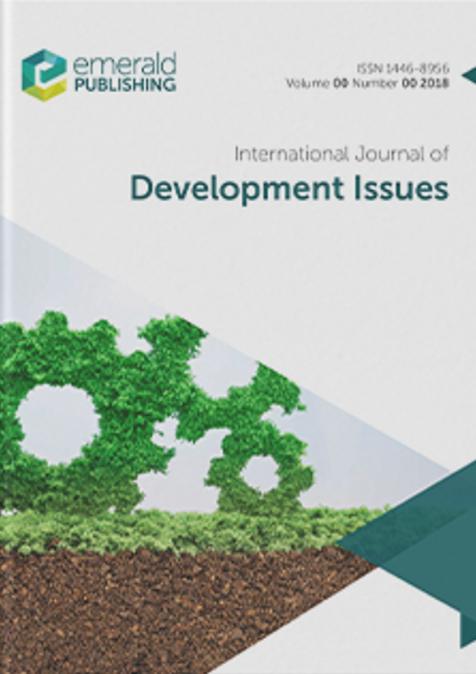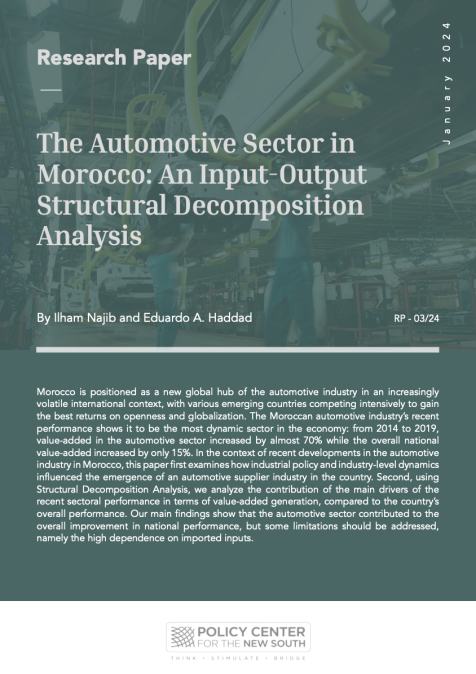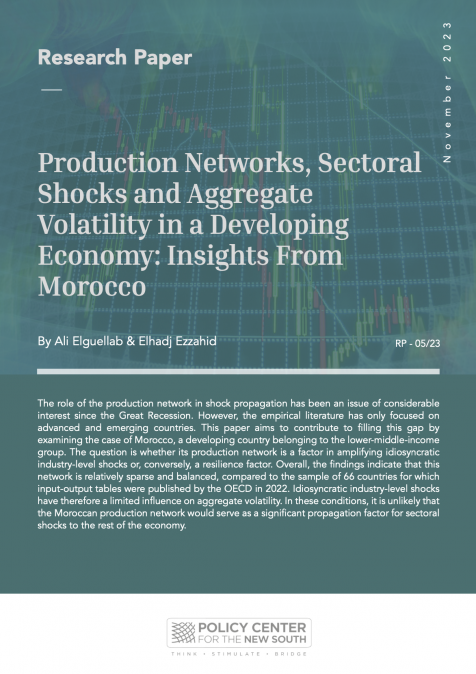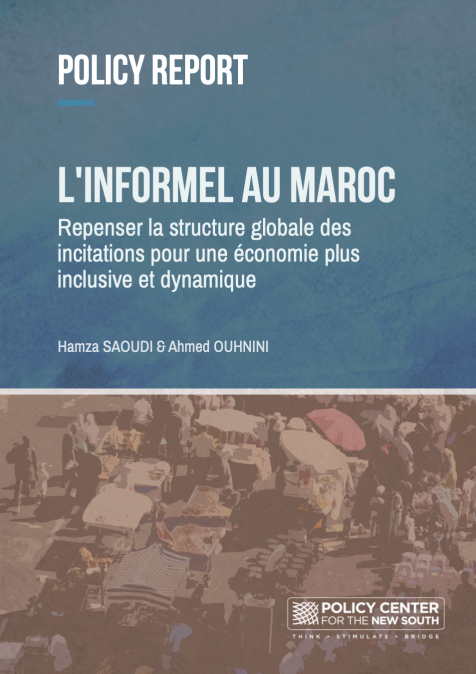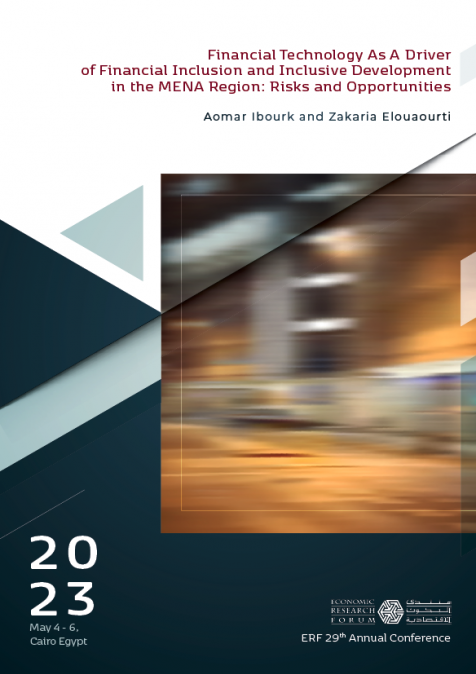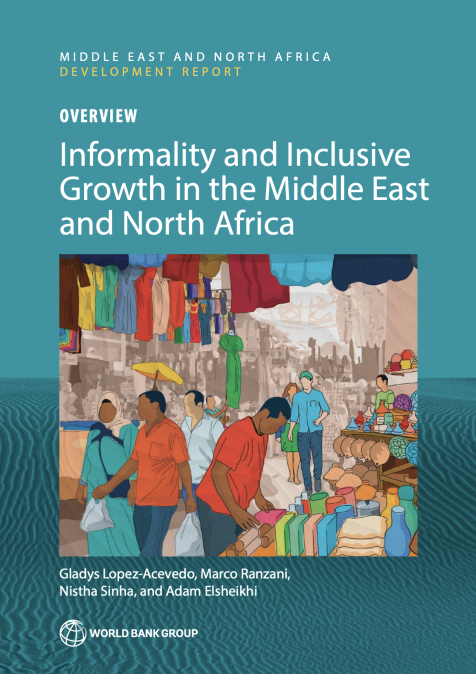Publications /
Policy Brief
Les conséquences du changement climatique sont de plus en plus visibles au Maroc. Le schéma changeant des précipitations et de la sécheresse, l'augmentation des températures moyennes et des canicules, les inondations et l'augmentation du niveau de la mer affectent de plus en plus de nombreuses régions. Et pourtant, le taux d'émission de gaz à effet de serre (GES) du Maroc est relativement faible, comparé à celui d'autres pays. En 20162, les émissions totales de GES du Maroc ont atteint 86.127,7 gigagrammes d'équivalent dioxyde de carbone (Gg éqCO2), soit environ 0,2% des émissions mondiales de GES. Les niveaux d'émission devraient toutefois considérablement augmenter au cours des prochaines décennies, compte tenu du développement économique continu du pays.


